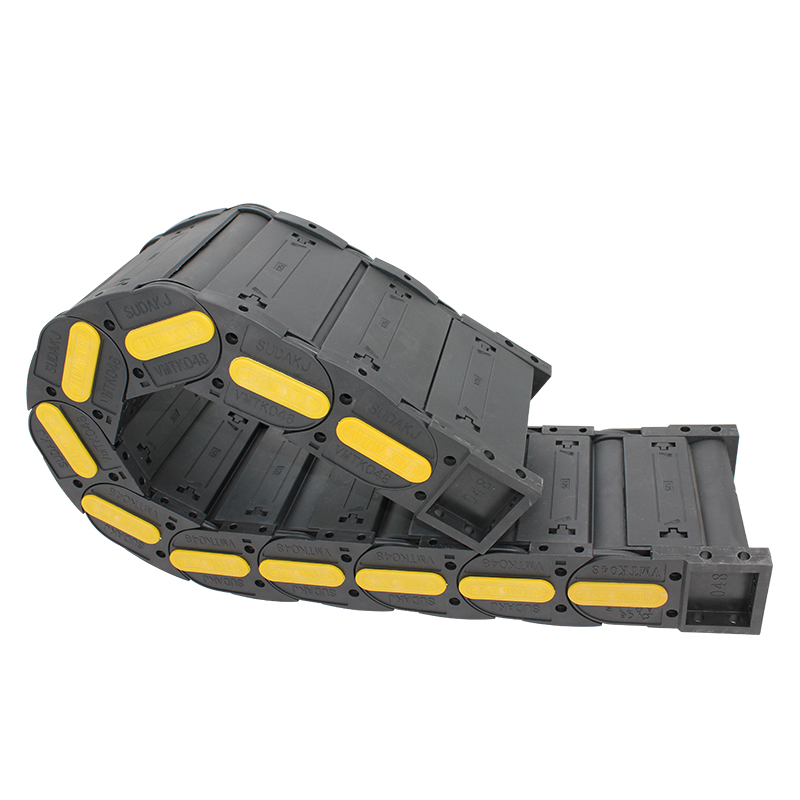Synchronous Drive Solutions for Enhanced Performance
The Evolution and Significance of Synchronous Drive Systems
Synchronous drive systems have emerged as a cornerstone of modern engineering, playing a pivotal role in various applications such as robotics, automotive systems, and industrial machinery. Unlike traditional drive systems, which often rely on asynchronous motors, synchronous drives offer several advantages due to their unique operational principles and design features.
At the heart of synchronous drives is the concept of synchronization between the rotor and the rotating magnetic field produced by the stator. In a synchronous motor, the rotor is designed to lock in step with the stator's magnetic field, which results in a constant speed operation that is directly related to the frequency of the input power supply. This synchronization enables synchronous drives to achieve high efficiency and precise speed control, making them particularly advantageous in applications where performance consistency is critical.
One of the significant benefits of synchronous drives is their excellent torque performance. Synchronous motors can provide a high starting torque and maintain a stable output torque across a wide range of speeds. This characteristic makes them ideal for applications that require rapid acceleration and deceleration, such as conveyor systems and robotic arms. Moreover, because they operate at a constant speed, synchronous drives enhance the overall reliability and productivity of machinery, reducing downtime and maintenance costs.
synchronous drive

In addition to their mechanical advantages, synchronous drives are also becoming increasingly popular due to advancements in digital control technologies. The integration of digital electronics allows for sophisticated control strategies that can optimize performance under varying operational conditions. For instance, variable frequency drives (VFDs) are widely used with synchronous motors, enabling precise control over speed and torque while improving overall efficiency. This adaptability makes synchronous drives suitable for a broad spectrum of industries, from manufacturing to renewable energy systems.
Synchronous drives also contribute to energy savings and sustainability. As industries increasingly focus on reducing their carbon footprint, the high efficiency of synchronous systems can lead to significant reductions in energy consumption. This not only lowers operational costs but also aligns with global efforts to promote cleaner and more sustainable energy practices.
However, it is essential to acknowledge some challenges associated with synchronous drive systems. Their complexity and initial installation costs can be higher compared to simpler asynchronous motors. Additionally, they require sophisticated control systems and regular maintenance to ensure optimal performance. Nevertheless, the long-term benefits often outweigh these challenges, particularly in high-performance applications.
In conclusion, synchronous drive systems represent a technological advancement that offers remarkable benefits in efficiency, torque performance, and operational control. As industries continue to evolve and demand more precise and efficient technologies, synchronous drives will undoubtedly play a crucial role in shaping the future of automation and energy management. Embracing the capabilities of synchronous drives can lead to not only improved performance but also a commitment to sustainable engineering practices in the modern world.








